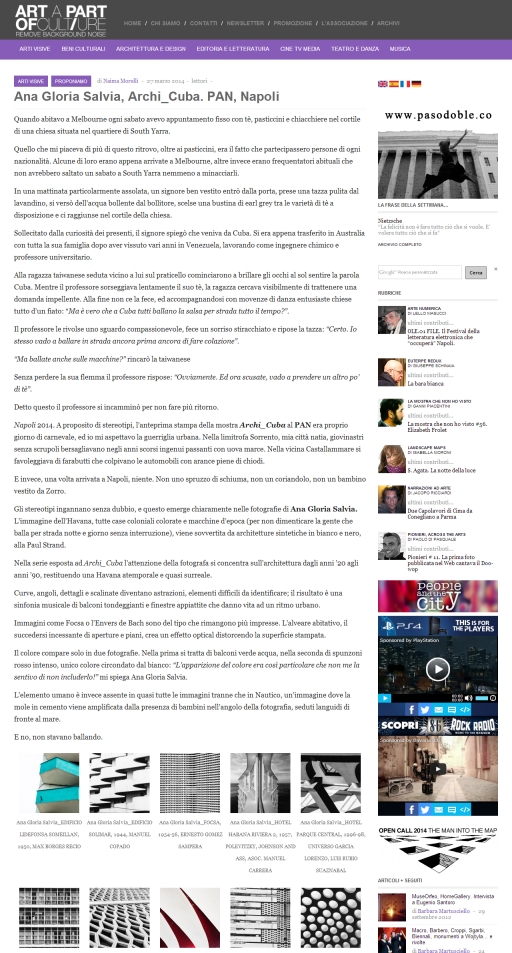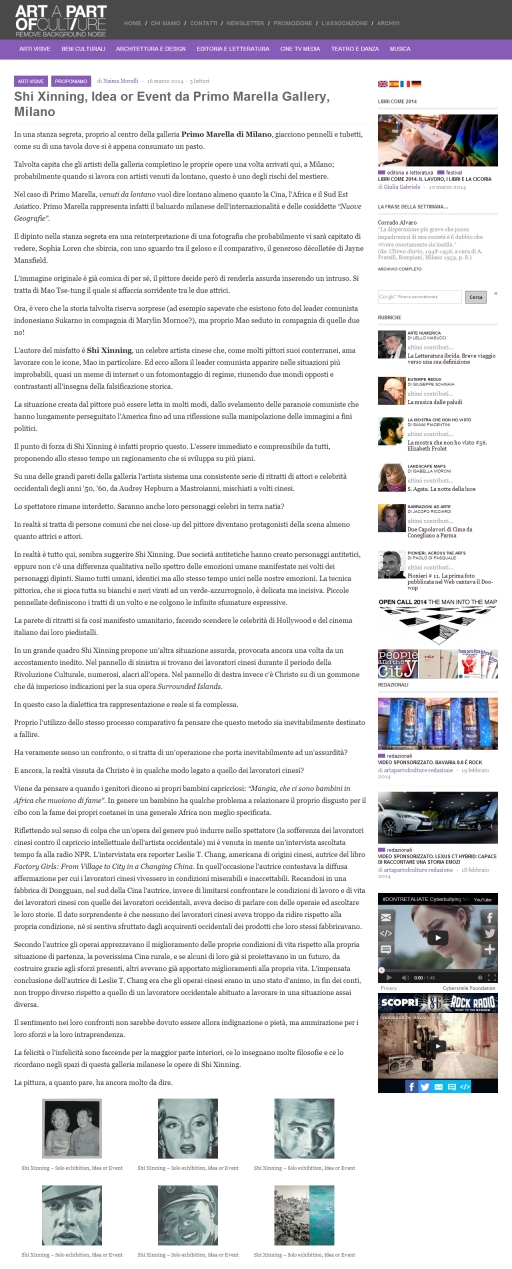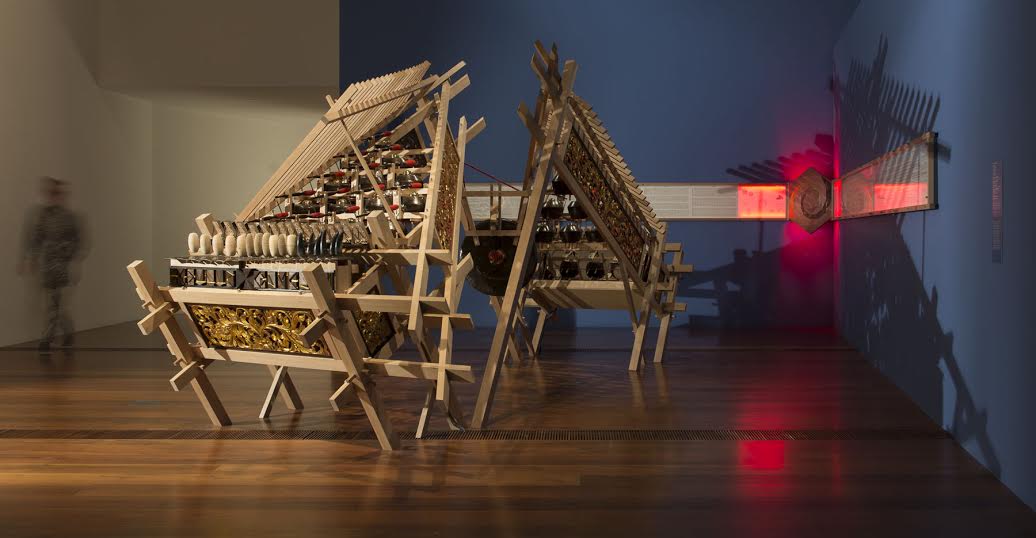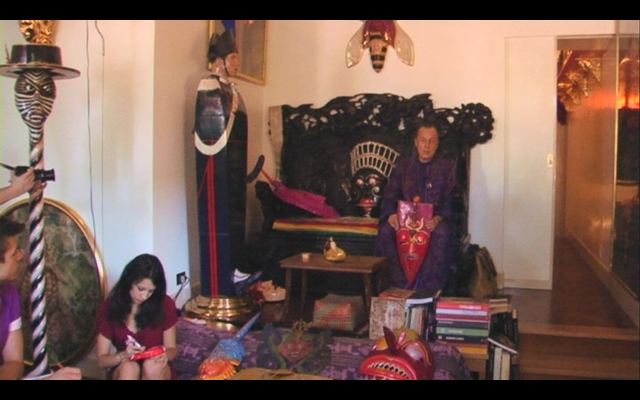
The Italian magazine Art a Part of Cult(ure) has just published my review of Ana Gloria Salvia’s exhibition “Archi_Cuba” at PAN, Naples
Read More
The Italian magazine Art a Part of Cult(ure) has just published my review of Ana Gloria Salvia’s exhibition “Archi_Cuba” at PAN, Naples
Read More
ITA:
Il giovane artista Robberto è recentemente tornato da Los Angeles dove ha esposto nella galleria Madhood Temporary (qui il mio comunicato stampa).
Una settimana fa ci siamo incontrati su sua richiesta al Verano, uno dei cimiteri più belli di Roma – almeno credo, non sono un’esperta in materia – e abbiamo chiacchierato riguardo l’esperienza dell’artista a LA, le opere realizzate lì, il mondo dell’arte americano a confronto con quello italiano e così via.
Sono stata a lungo combattuta sul pubblicare o meno sul mio blog l’audiointervista nella sua interezza. Sebbene mi trovi d’accordo sul disappunto e la disillusione di Robberto riguardo al mondo dell’arte italiano, mi piacerebbe essere comunque portatrice di una visione ottimista.
Nell’intervista però si trovano anche dei momenti di grande afflato e bellezza dove Robberto parla con passione della propria arte e di come, nonostante le difficoltà, non possa rinunciarci. Siccome gli artisti non vanno censurati, sopratutto quelli che si esprimono rispetto ad una condizione condivisa, ecco Robberto in tutta la sua incazzatura.
EN:
Italian emerging artist Robberto is back from Los Angeles where he recently had an exhibition called “Fake Skin” at Madhood Temporary (here my press release).
A week ago he asked me to meet at the Verano, Rome’s biggest and the most beautiful cemetery I suppose – I’m not an expert of cemeteries so I can’t make comparisons- and we had a conversation about his experience in LA, the US art world vs the Italian one, his art and so forth.
Until the last minute I didn’t know if I wanted to post the entire audio record on my blog or not. Robberto turned out to have a very disillusioned and bitter opinion of the Italian art world and, even if I share his concerns, I would rather have an optimistic attitude.
Then I thought about the parts of the interview where he talks about the joy and the inevitability of art making, and I thought that could be very inspiring.
I don’t really feel I should censure artists, so I decided to post the interview, unfortunately available only in Italian.

The Italian magazine Art a Part of Cult(ure) has just published my review of Shi Xinning’s exhibition “Idea or Event” at Primo Marella Gallery, Milan.
Read More
What the National Gallery of Victoria is trying to do with the Melbourne Now exhibition is to define the identity of Melbourne through its cultural practices, with a special focus on contemporary art.
I’m in Italy now, ironically writing my book about emerging artists in Melbourne, so I couldn’t visit the exhibition. Luckily my Australian friends and the artists that I have interviewed always keep me updated.
Some time ago I got a mail from artist Danius Kesminas, who told me about his new project with Slave Pianos for Melbourne Now, called Gamelan sisters (Sedulur gamelan). I posted some images, which gives you the feeling of this evocative machinery. On Slave Pianos’ website I find more information about it:
“Sedulur Gamelan (Gamelan Sisters) consists of two interlocking wooden structures that reconfigure elements of traditional Javanese architecture through the De Stijl philosophical principles of neoplasticism to create an abstraction of an 18th century double grand piano.
Read More
Three years ago Isabella Tirelli, artist and professor at the Art Academy in Rome started a video project called “Dialogo con l’artista”.
The project was based on collective interviews to artists in their studio and was realized under the direction of videomaker Leonardo Settimelli.
Tirelli gathered students and ex students from the Art Academy – I fell into the latter category – and we visited the studios of the most amazing artists in Rome.
The most notable visit for me was certainly the one to Luigi Ontani’s studio in Piazza Popolo.
I wrote about Luigi Ontani work before (for this blog, Artribune and I-Magazine Bali) and I obviously love his art. Who doesn’t afterall?
Once I was in Naples and, going down the Museo Madre’s stairs, I saw Ontani around the corner. I was wearing his typical blue silk suit and there were two guys literally throwing at his feet whispering:”Maestro… maestro…”. Even if Ontani’s physical presence is enough inspire devotion among many, the artist himself is much more down-to-earth than his public persona.